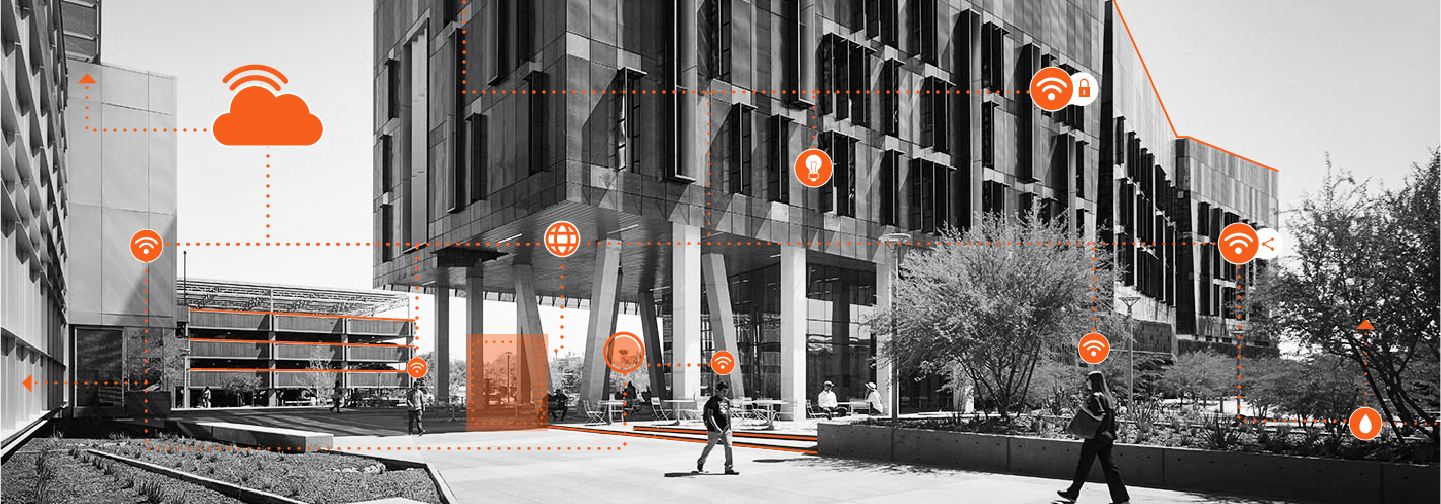
NSF Research Traineeship (NRT) research
Citizen-Centered Smart Cities and Smart Living
Major research efforts
NRT trainees will pursue one of three research thrusts at the confluence of technology, society and environment:
- Citizen-centered design (citizen, technology, society).
- Smart city infrastructure and dynamics (citizen, technology, environment).
- Socio-environmental practices and policies (citizen, society, environment).
Research thrusts have been selected based on their importance to addressing existing smart city knowledge barriers, including citizen acceptance/adoption, contextual factors, citizen variability, citizen/technology adaptation, deployment/integration, privacy/ethical concerns, laws, education and policymaking. The thrust areas facilitate collaborations between engineers and social scientists.
Research thrust: citizen-centered design
Trainees will participate in the design of adaptive smart city technology solutions that are well accepted and address the needs of citizens. Representative examples of projects in this thrust include:
- Computational models for adaptive smart city technologies.
- Gamified-self: a model for engaged and educated citizenry.
- Citizen-centered education.
Research thrust: smart city infrastructure and dynamics
Trainees will engage in the design of smart city architectures and infrastructures, and explore the interactions between citizens, technologies and the environment. Representative examples of projects in this thrust include:
- Integration of robotic swarms for public safety and security into smart city infrastructure.
- Proactive threat intelligence and risk-aware data management for smarter cybersecurity.
- Impacts of autonomous, connected, and shared transportation technologies on urban mobility.
Research thrust: socio-environmental practices and policies
Trainees will investigate the viability of citizen-centered smart city solutions from corresponding social, economic, ethical and policy perspectives. Representative examples of projects in this thrust include:
- Choosing to become smart: the balance of risks and benefits.
- Public imaginaries of smart cities.
- Citizen-centered hazards planning and management.